
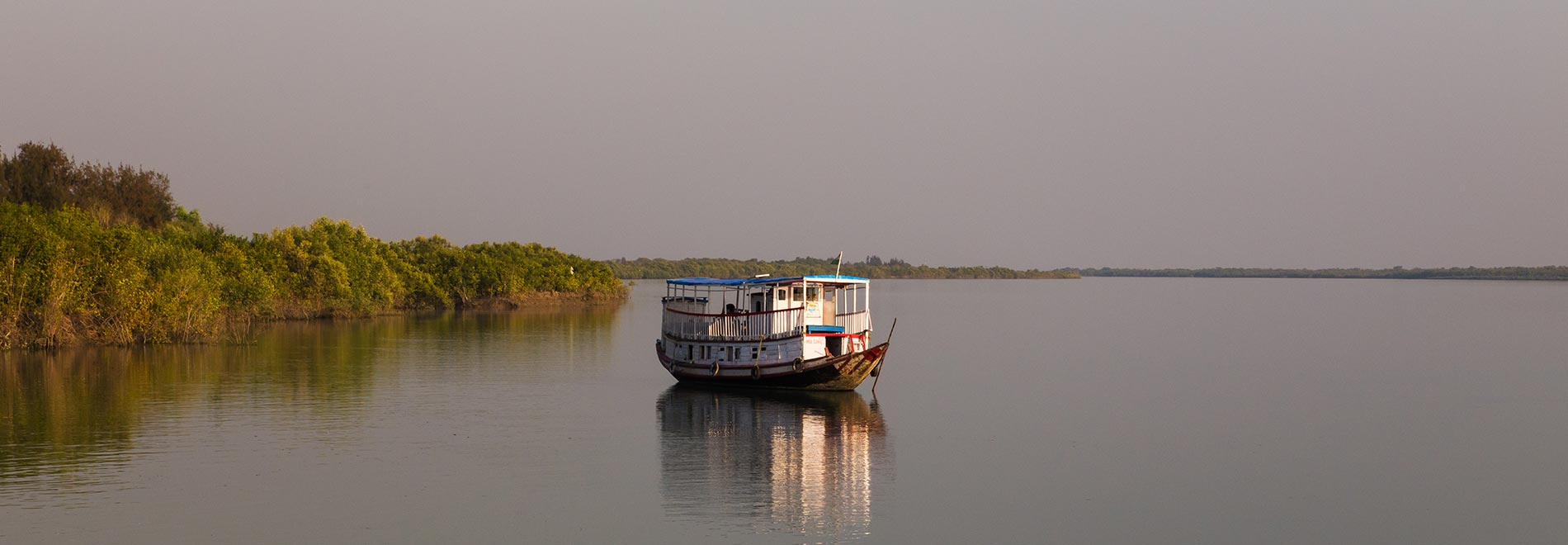
A visit to the captivating deltas of Sundarban National Park can be a life-changing experience. The park's exquisite flora and fauna, particularly the chance to glimpse the majestic Royal Bengal tiger in its natural habitat, will leave you awestruck.
The name "Sundarban" itself translates to "beautiful forest," and the Sundarban National Park truly embodies this meaning. With its mangrove forests dominated by Sundari trees and boasting the largest population of Royal Bengal tigers in the world, Sundarban National Park is a jewel among India's national parks.
Located at the southeastern tip of West Bengal's 24 Parganas district, Sundarban National Park lies between 21° 432′ – 21° 55′ N latitude and between 88° 42′ – 89° 04′ E longitude, with an average elevation of just 7.5 meters. This magnificent park is formed by a network of 54 small islands crisscrossed by numerous tributaries of the mighty River Ganges. The Indian portion of the Sundarban forest covers approximately 4,262 sq. km, with 2,125 sq. km covered by mangrove forests and the remainder being waterways.
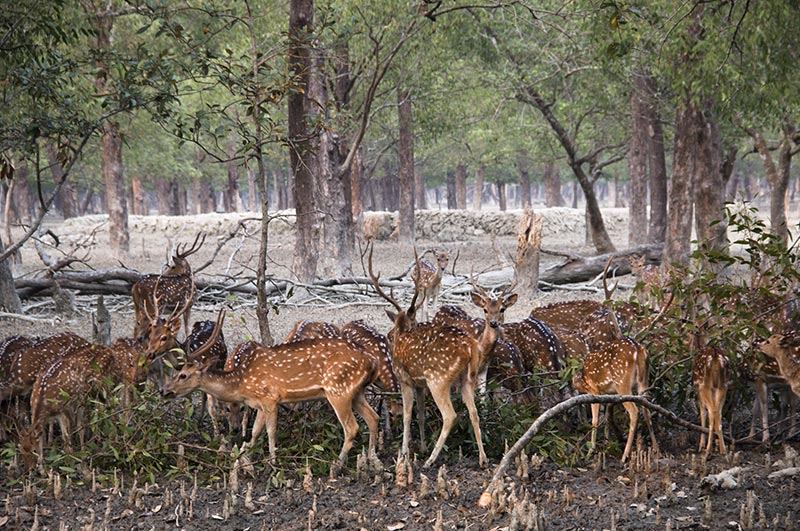
Sundarban National Park experiences a tropical monsoon climate characterized by significant rainfall. The average minimum temperature hovers around 20°C, while the maximum temperature can soar up to 48°C. The monsoon season lasts from mid-June to mid-September, bringing heavy rainfall and high humidity levels reaching up to 80%. While the heavy rains can make navigating the park challenging, they contribute to the lush greenery that defines the landscape. Be aware that storms transitioning into cyclones are common during May and September.
The thriving wilderness and diverse wildlife of the Sundarban National Park's mysterious forests on the Ganges Delta offer a haven for wildlife enthusiasts, photographers, birdwatchers, and anyone seeking tranquility.
For an optimal Sundarban National Park experience, avoid the sweltering summer months. The best time to visit is between September and March, allowing you to fully appreciate the wonders of this natural marvel.
Sundarban National Park boasts a complex geological and hydrological makeup that sustains its magical greenery and captivating wildlife. Everything about the Sundarban forest is shrouded in an air of mystery and enchantment. The park is home to a rich variety of trees, with its mangrove vegetation comprising 64 plant species uniquely adapted to withstand the harsh estuarine conditions and constant barrage of saline water brought on by the tides.
During the months of April and May, the Sundarban National Park comes alive with vibrant colors. The flaming red leaves of the Genwa (Excoecaria agallocha), the crab-like red flowers of the Kankra (Bruguiera gymnorrhiza), and the yellow flowers of Khalsi (Aegiceras corniculatum) paint the landscape with a dazzling display. Other commonly found plants and trees in Sundarban National Park include Dhundal (cannonball mangrove, Xylocarpus granatum), Passur (Xylocarpus mekongensis), Garjan (Rhizophora spp.), Sundari (Heritiera fomes), and Goran (Ceriops decandra).
Sundarban National Park is a haven for a diverse range of fauna, contributing to the unparalleled ecosystem of this Biosphere Reserve. The park is the proud home to over 400 Royal Bengal tigers. These majestic creatures have developed the remarkable ability to swim in the saline waters. Wildlife enthusiasts and photographers flock to Sundarban National Park between November and February, hoping to catch a glimpse of these powerful tigers basking on the riverbanks.
The Sundarban National Park is also home to an array of other animals, including Fishing Cats, Leopard Cats, Macaques, Wild Boar, Indian Grey Mongoose, Fox, Jungle Cat, Flying Fox, Pangolin, and Chital.
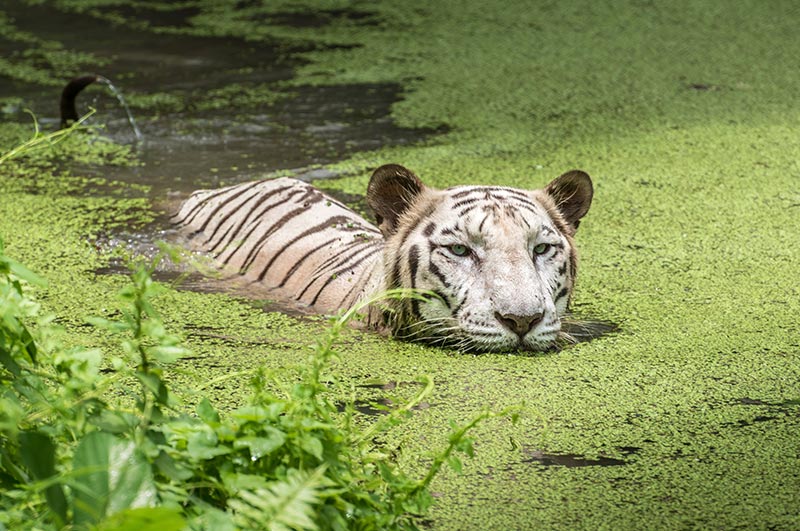
Birdwatchers will be in awe of the incredible variety of birds that call Sundarban National Park home. These include openbill storks, black-capped kingfishers, black-headed ibis, water hens, coots, pheasant-tailed jacanas, pariah kites, brahminy kites, marsh harriers, swamp partridges, red junglefowl, spotted doves, common mynahs, jungle crows, jungle babblers, cotton teals, herring gulls, Caspian terns, gray herons, common snipes, wood sandpipers, green pigeons, rose-ringed parakeets, paradise-flycatchers, cormorants, grey-headed fish eagles, white-bellied sea eagles, seagulls, common kingfishers, peregrine falcons, woodpeckers, whimbrels, black-tailed godwits, little stints, eastern knots, curlews, golden plovers, northern pintails, white-eyed pochards, and whistling teals. With over 200 species documented, Sundarban National Park is a true paradise for bird enthusiasts.
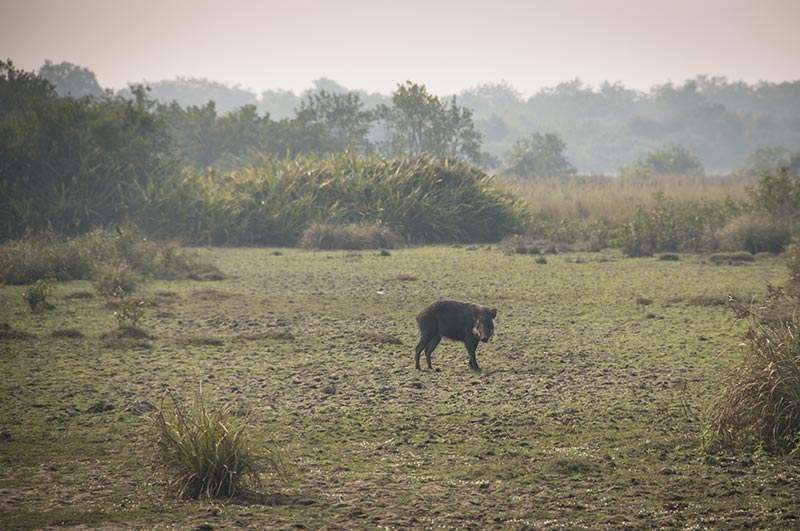
Many hotels and forest lodges and forest rest-houses are available at Sajnekhali, Bakkhali and Piyali to make you feel at home, yet make the wildlife pleasure more rewarding. Here we list some of the lodging facilities in and near Sundarban National Park:
Here we list some of the lodging facilities in and near Sundarban National Park:All three modes of transportation are available to reach Sundarban National Park.
This is the main watchtower complex and is best known for the bird sanctuary. While on a safari through river channels and creeks, tigers can be spotted at channel’s sides giving you a closer view that you can capture in your camera lenses. So if you are lucky (Yeah! Luck is an important factor), you can get outstanding glimpses of the royal tigers from different watch towers at different zones like Sajnekhali, Sudhanyakhali, Netidhopan, Haldi and a number of other places.
Bhagabatpur is asaltwater crocodile breeding farm and is easily accessible from Namkhanaand and it is a hatchery of the largest estuarine crocodile in the world.
Don’t miss the unforgettable wildlife expedition of having the close encounters with over 200 bird species including, kingfishers, sandpipers, herons, caspian tern, open billed stork, whimbrels, white bellied sea eagles, and many more in the northern portion of Sundarban Reserve. Sajnekhali watchtower offers incredible sight of these winged creatures in the midst of lush greenery and river channels.
Also don’t forget to enjoy the night safari to Witness the rarest Phytoplanktons (only if you are not Nyctophobia or faint-hearted) to witness some jaw-dropping sights of Phytoplanktons, which might make you skip a heartbeat.
Take some time to wander around this UNESCO world heritage site and through itsenchanting villagesto get connected with the tribal people of Sundarbans and to know about their culture and experience their lifestyle and culture also, witness the local dance drama cultural programme, ‘Bonbibi Pala’(all this is so interesting and incredible!!).
There is lot more to do at Sundarbans like catching a blissful sight of beautiful aquatic species on your Sundarban wildlife tour. Now this is something special about Sundarban, It is amongst the few places which offer the astounding sights of dancing dolphins in India. A boat cruise safari takes you to the open area of the river traversing the towering and entwining mangrove forests where the cute dolphins await to offer you an indelible display of somewhat a dancing show.
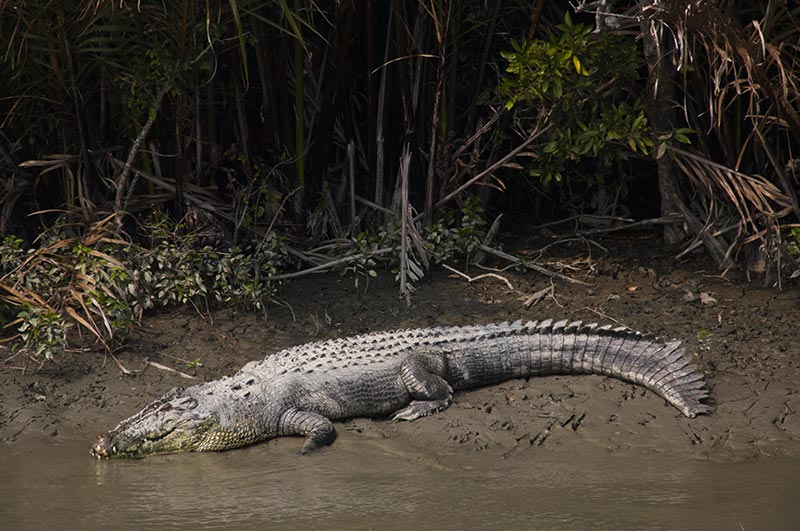
Sundarbans National Park is a UNESCO World Heritage Site located in the Indian state of West Bengal, bordering Bangladesh. It encompasses a vast deltaic region formed by the Ganges, Brahmaputra, and Meghna rivers emptying into the Bay of Bengal .
The ideal time to visit Sundarbans National Park is during the dry season, from November to February. The weather is pleasant, and the rivers are calmer, making boat safaris more manageable. Avoid the monsoon season (July-September) due to heavy rainfall and potential flooding.
The nearest airport is Kolkata Airport (CCU), roughly 170 kilometers away. From there, you can take a taxi or bus to reach nearby towns like Namkhana or Canning, which serve as gateways to the Sundarbans National Park.
The Sundarbans is the largest mangrove forest in the world, teeming with diverse flora and fauna. It's particularly renowned for:
Royal Bengal Tigers: The Sundarbans is one of the last remaining habitats for the endangered Royal Bengal Tiger. Spotting a tiger in the wild is a thrilling experience, although it's rare.
Variety of Wildlife: The park boasts a rich ecosystem, home to various animals like spotted deer, wild boar, monkeys, dolphins, and over 260 species of birds.
Unique Biodiversity: The Sundarbans is a labyrinth of rivers, creeks, and islands with a unique blend of saltwater and freshwater habitats. This fosters a diverse range of plant and animal life.